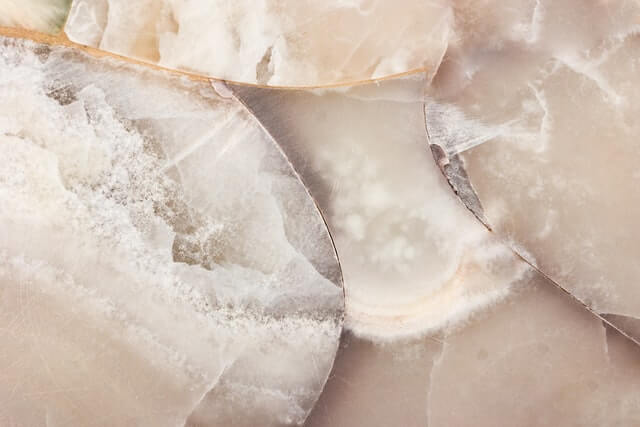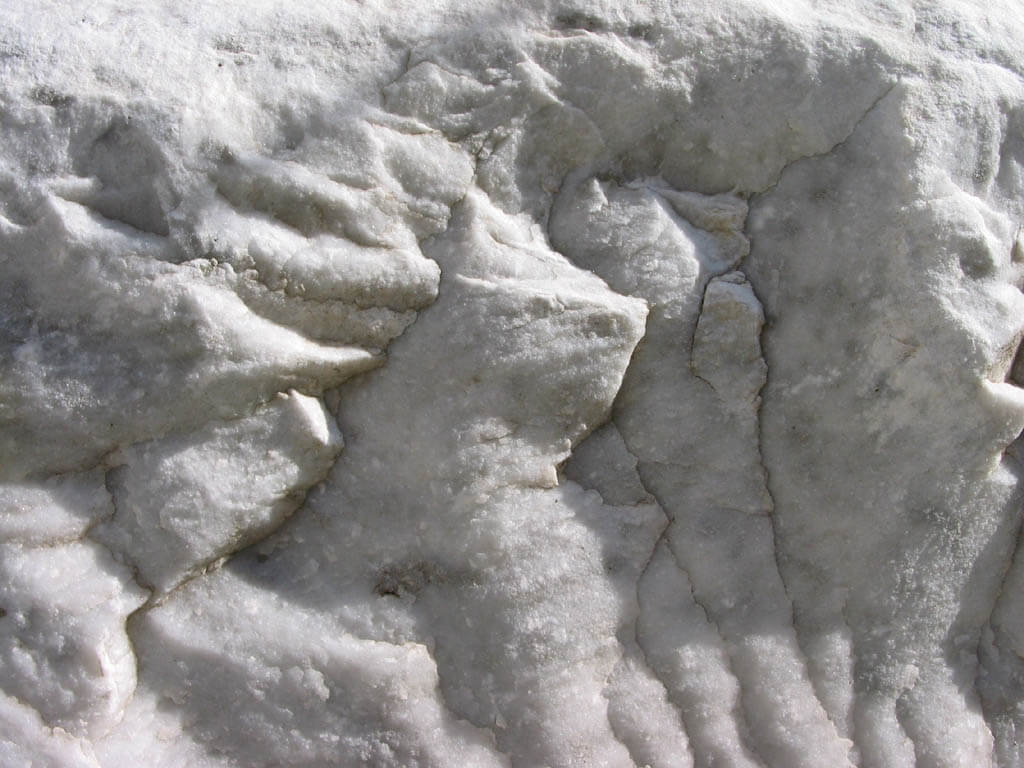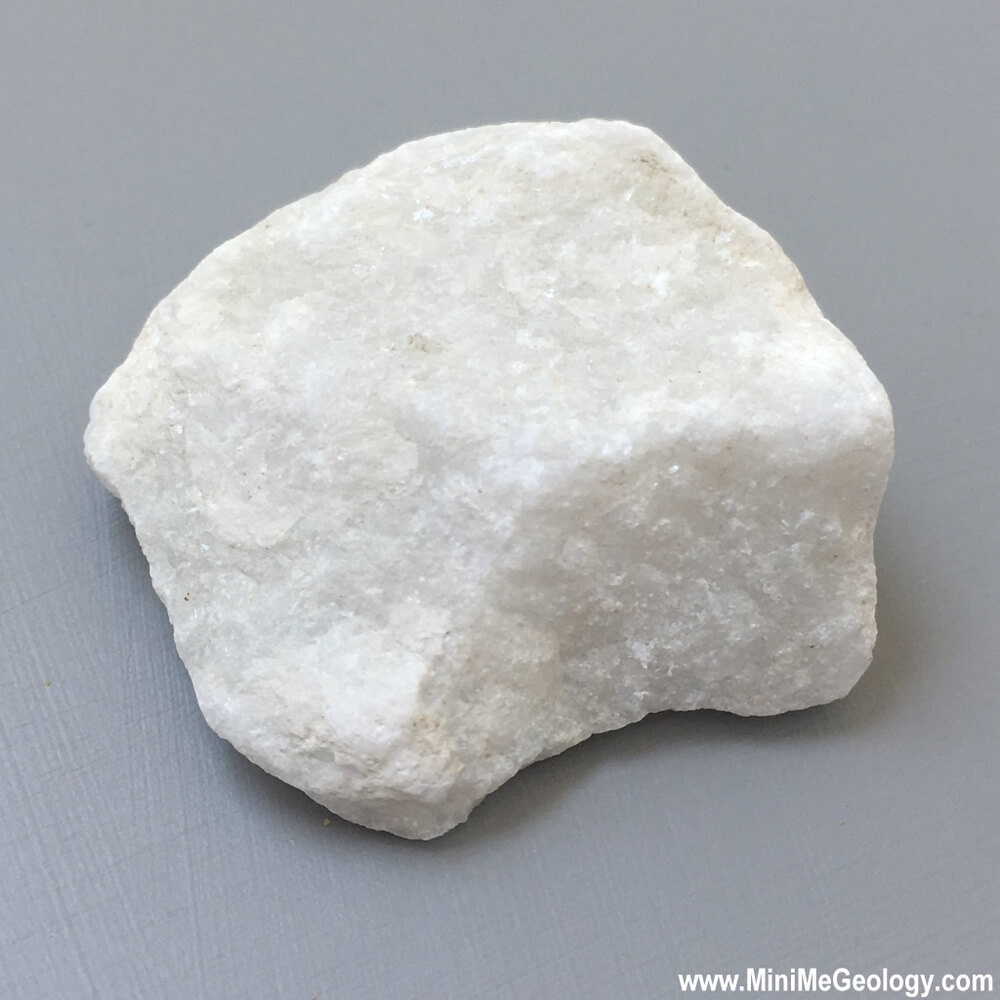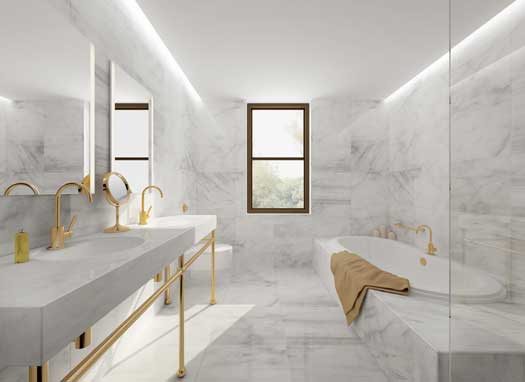
Marble is one of the natural stones found on earth. You will find it in different colors, although the white variant is dominant among them. Marbles are metamorphic rock meaning it has been formed through a change. The change happens due to the heat and pressure that occurs naturally either on the earth’s surface or inside over a period of thousands of years.
Marble is a widely used stone. It is used to make sculptures, statues in buildings or museums. Marble is also widely used for floors, fireplaces, counters, staircase, etc. This beautiful stone has so many interesting facts to learn about. Let’s discover them through this article.
39 Marble Facts for kids
- Marble is a metamorphic rock that has been formed through years of changes.
- The initial stage of marble is called limestone rock. Limestone rock is a hardened fossil, and gradually the heat and the pressure change the limestone to marble.
- Limestones are rich in calcium carbonate. This calcium carbonate comes from shells and skeletons of marine organisms like foraminiferans. The minerals of these dead organisms remained in the ocean for millions of years. They gradually formed layers of sediments which finally formed into limestones.
- Marbles are more compact and crystalline.
- The metamorphosis of limestone into marbles is a natural process, and it is known as the rock cycle.
- Other than different colors, marbles come in different textures as well. There are some fine-textured marbles, whereas there are some really coarse marbles as well.
- Marbles can be found in varied sizes. Sometimes it can be found as big as a hundred feet large in size.
- The dominant mineral which forms a marble is calcite and dolomite. Other minerals like mica and quartz are also found in very small portions.
- Other minerals like quartz and mica give the marbles various shapes, patterns, and colors.
- In ancient times, looking at the color of marble, people could tell where it came from.
- If marble is too expensive, plaster fresco is used as its replacement.
- Impurities in marble are what give marble its color.
- The Lincoln Memorial in Washington DC is also made from marbles. The memorial is made of various American marbles.
- Pure white marble, which is found in Carrara, Italy, was dominantly used by various Renaissance architects and sculptors. Famous artists Michelangelo and Antonio Canova also used pure white marble.
- Marbles are usually found in metamorphic rocks like mica schist and gneiss.
- Marbles typically lay in the oldest parts of the earth’s crust.
- Marble dust can be mixed with cement or synthetic resins to make cultured or reconstituted marble.
- Faux marble is a wall painting technique that imitates real marble’s color patterns.
- In ancient times marble was used dominantly by Roman and Greek architects and sculptors for construction purposes.
- Marble is also used as a common term for any polished and round-shaped stones.
- Some of the places named after marle are- Marble Hill, Marble Arch, Marble Rocks, etc.
- The British Museum has the Elgin Marbles. These are marble sculptures from Parthenon.
- The Elgin Marbles were brought to Britain by the Earl of Elgin.
- Marbles can be found in different countries of the world, including Greece, India, Turkey, Spain, Italy, and the USA. Marble companies go to these places to see the stone in its original form.
- At the time of use, marbles are cut into small slabs according to the requirement.
- Colorless marble is a rich source of calcium carbonate. It is used in varied industries.
- Ground marble powder is a common ingredient in toothpaste, paint, and plastics.
- Calcium carbonate can be reduced to calcium oxide under high heat, which is a primary component of cement.
- Purbeck marble, a fossiliferous limestone, is found in the Isle of Purbeck. It is a peninsula in South-East Dorset, England.
- Purbeck marble was used since Roman times as a decorative building stone.
- Tennessee marble is another popular variety of marble. It is a highly fossiliferous pink, grey or maroon colored marble. It is also called Ordovician dolostone, and geologists call it the dolostone formation. Tennessee is not actually a pure marble. The crystalline nature gives it the resemblance of a marble.
- The onyx marbles, quite popular in the market, did not metamorphose from limestone. They are, in reality, calcium carbonate deposited by water.
- Marbles generally don’t absorb much water, and they are long-lasting.
- Nonporous, one of the marble varieties is highly moisture and fire resistant, which makes it an ideal choice for monuments and buildings. It is a common material in walls, floors, pillars, and other interiors, as well as exterior elements.
- As marbles are dominantly composed of calcium carbonate, they react with acids. The chemical reaction transforms the calcium carbonate in the marbles into soluble salts.
- Rain and moist air are slightly acidic because they contain gases like carbon dioxide and sulfur dioxide, and their pH level is low too. Hence, if marbles are exposed to rain or moist air, they degrade.
- The process of marbles degrading is known as weathering. Weathering is more pronounced when marbles are exposed to a higher concentration of acidic gases.
- Marbles are quite an expensive stone. They are prized highly not only for their beauty but also for the difficulty it involves for carving and adorning it.
Conclusion
Here are some interesting facts about marbles that kids must know about. Hopefully, they will add to the knowledge of your kids, and they find them interesting. Every element in nature comes with its own mysteries and secrets; marbles are also one of them. These precious stones are also formed from layers of sediments that were drowned in the ocean heart for millions of years. Do you have any other interesting things about marbles to tell? If yes, make sure to let us know about them in the comment section!
Additional Resources about Emeralds
- Emeralds information – A good article about emeralds
- More zebra facts – Learn more about emeralds
- Even more emeralds facts – Learn emeralds like you never knew before



